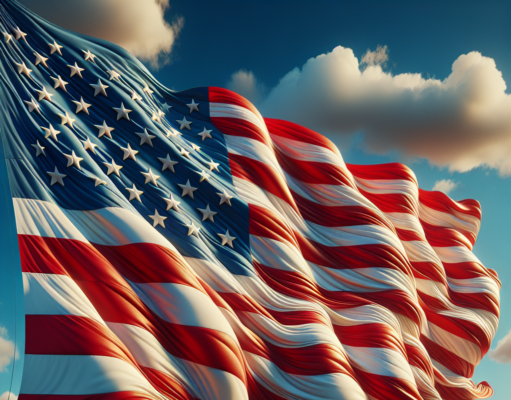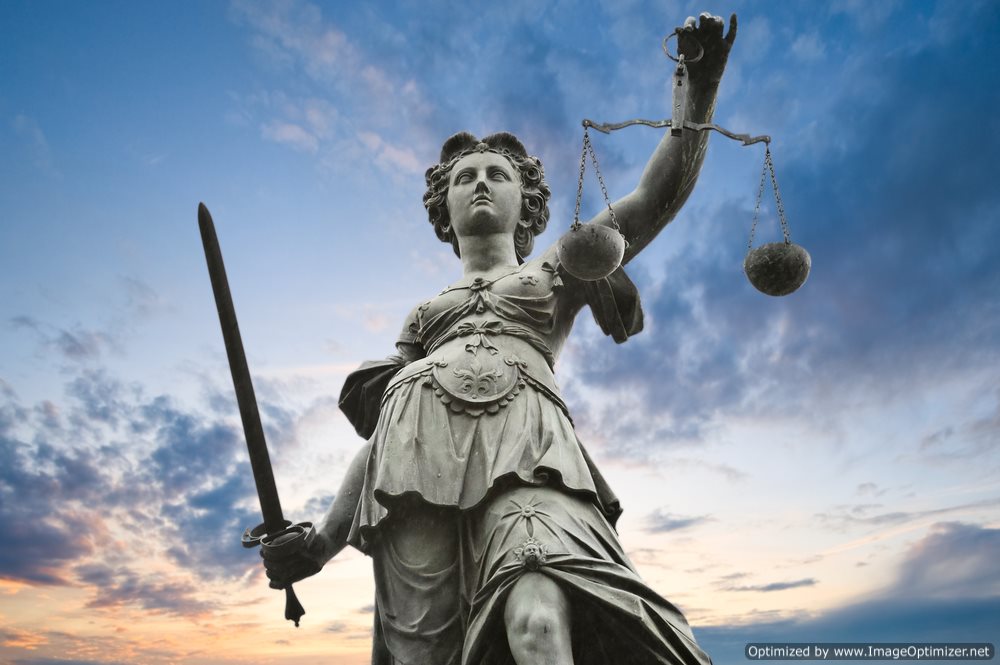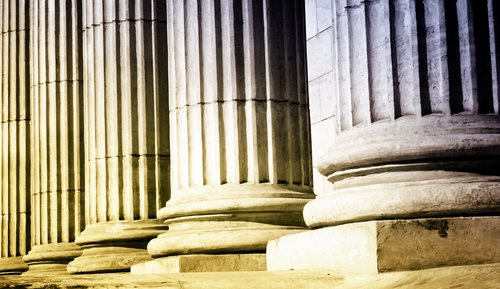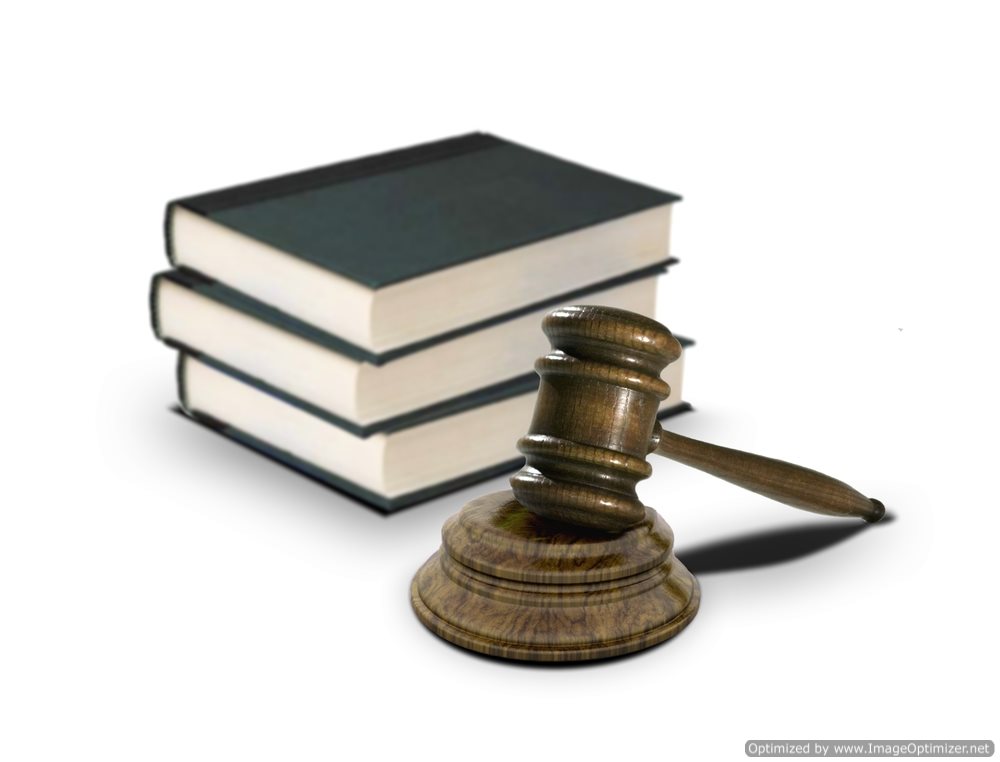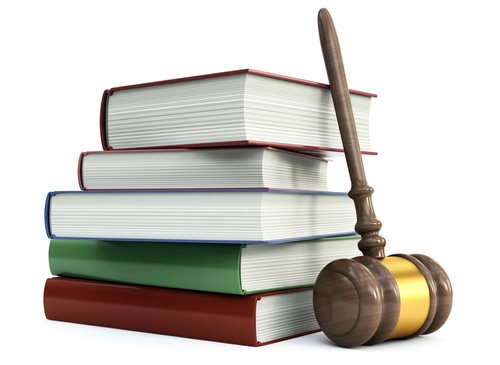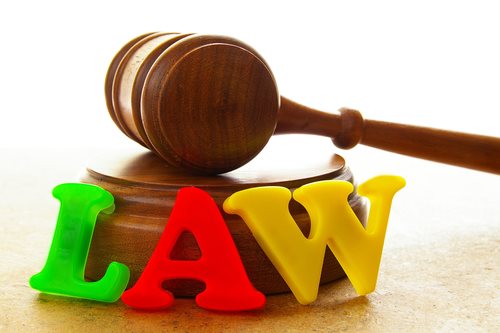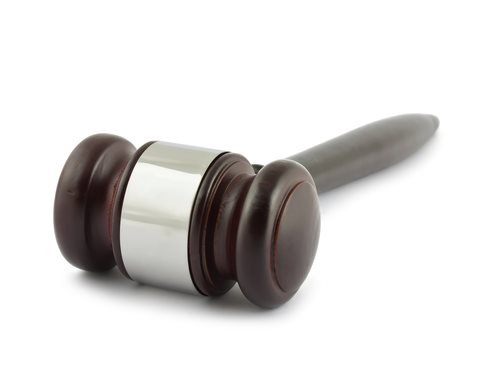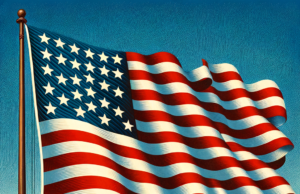Landmark Supreme Court
 Supreme Court Defined:
Supreme Court Defined:
The Supreme Court of the United States is the highest judiciary system in the nation. As a result of this classification, the Supreme Court possesses ultimate, although largely discretionary, appellate jurisdiction over all state and federal court systems, as well as original jurisdictions or local courts, in the United States.
The Supreme Court of the United States meets in Washington, D.C. in the United States Supreme Court Building. The Supreme Court consists of a chief justice and eight acting associate justices who are nominated by the President of the United States of America and subsequently confirmed by the U.S. Senate. When a chief justice is appointed, he or she maintains life tenure unless they are removed after impeachment.
What is a Landmark Supreme Court Decision?
A Landmark Supreme Court Decision refers to any Supreme Court verdict that fundamentally changes the way society operates. The rulings or judgments made by the Supreme Court of the United States are not subjected for further review by additional court systems. As a result of this characteristic and the fact that the subject matter of a particular Supreme Court case is typically fundamental and important, a number of Supreme Court verdicts will establish a precedent and forever alter a particular sect or behavioral pattern in society.
Examples of Landmark Supreme Court Cases:
Marbury v Madison (1803): This landmark Supreme Court decision is regarded as the keystone power of Judicial Review. Through this landmark Supreme Court Judgment Judicial Review (the premise that a court system may oversee and nullify actions of another branch of government) was affirmed and formally established in this case. Marbury v. Madison is viewed as a historical and fundamental court decision that effectively altered the way a judicial body reviewed a case in alignment with a country’s constitution. This landmark Supreme Court Case was the first in the history of any judicial system to deem a ruling unconstitutional.
Dred Scott v Sanford (1857): This landmark Supreme Court judgment classified slaves as personal property. Although this ruling would be modified with subsequent legislation, this particular landmark Supreme Court Case essentially fueled the flames that led to the Civil War.
Brown v. Board of Education of Topeka (1954): A landmark Supreme Court judgment that acted as a groundbreaking step towards civil rights and the delivery of equal rights for all citizens of the United States. Brown v. Board of Education effectively ended the segregation of public schools throughout the United States of America.
NAACP v. Alabama (1958): A landmark Supreme Court judgment which protected the Freedom of association; this ruling enabled citizens of the United States to assemble in groups for a common political or human-rights based objective.
Wesberry v. Sanders (1964): The landmark Supreme Court case that declared each person’s vote to carry an equal measure.
Roe v. Wade (1973): A highly controversial Supreme Court judgment, which rules that states can and can and cannot control legality issues in regards to abortions.
United States v Nixon (1974): A landmark Supreme Court judgment that limited the President’s “Executive Privilege”, which in essence, limited the Commander and Chief’s authority and ability to exercise particular powers .


